In 2010, 14.3 percent of adults in Singapore were smokers. The goal is to reduce this to under 10 percent by 2020.
Drafts of the FTA reveal controversial provisions that will constrict the capacity of TPP states to fight smoking. All TPP states except the U.S. have ratified the 2005 Framework Convention on Tobacco Control, which obligates states to have anti-smoking measures like banning cigarette ads.
The U.S. is the only party to propose a specific TPP text on tobacco. Since Big Tobacco supports the TPP, the U.S. Trade Representative’s (USTR) proposal must be quite mindful of its interests.
Tariffs aren’t a big U.S. concern. Actual duties charged on its tobacco are very low because of bilateral FTAs that the U.S. has with some TPP states such as Australia, Brunei and Singapore (zero tariff), Chile (5 percent) and New Zealand (6 percent).
In this sector, the U.S. concern instead is to use the FTA to empower its tobacco companies to hobble non-tariff anti-smoking efforts in TPP states, so they can sell more smokes in each state. In this, the U.S. seems to have settled on a three-pronged strategy.
The first prong involves making the “health exception” — that all FTAs have — harder to apply when it comes to trade in tobacco.
All FTAs that comply with World Trade Organization (WTO) law, as the TPP will, have an explicit health exception. This means that any measure restricting trade or investment, such as curtailing the use of brands, will violate WTO law on intellectual property rights.
But if that measure is justified for health reasons — smoking causes killer diseases — then, though it busts WTO law, it is a permissible “exception.”
Why? While selling smokes in plain packaging, say, won’t make them any healthier, it could reduce smoking rates and thus reduce their adverse health impact.
In sum, plain packaging or cigarette ad bans hamper tobacco firms from using their brands to capture smokers, so they are barriers to trade and investment. But they are allowed under the health exception as they reduce the health impact of trade in tobacco.
For a state to institute anti- smoking measures based on this health exception, WTO law only requires that such measures “materially contribute” to reducing smoking, in this case. This is a threshold intentionally set low as a long time must pass before a measure’s impact is ascertained.
But the U.S. is unhappy as it would hamper tobacco firms from selling more. So it has proposed that TPP states instead be allowed to set only those anti-smoking measures that are proven to be “science-based.”
This is a much higher threshold that will make it harder for states to justify their anti-smoking measures, as social science criteria are inherently contestable.
Also, it is hard to isolate the long-term effects of older measures from the effects of newer measures. To show that plain packaging, say, will reduce smoking rates — which only Australia has instituted and that just since last December — becomes well nigh impossible. So it likely won’t be allowed under the U.S. proposal.
For good reason then, in its 2009 comments on the TPP submitted to the USTR, tobacco giant Philip Morris International (PMI) supported “negotiations that promote science-based regulations.”
The second prong is this: Tobacco firms won’t ordinarily have a place or a say in anti-smoking policy formulation by a state agency. But with the TPP, this could come to pass as it will include an investor-state dispute settlement (ISDS) mechanism.








